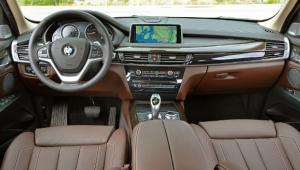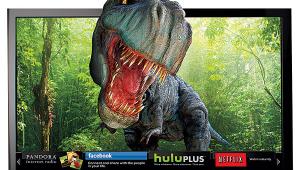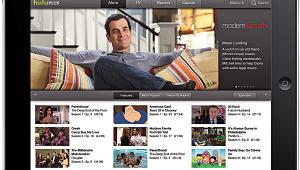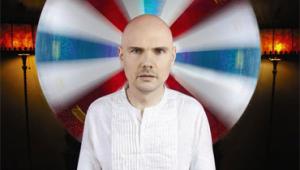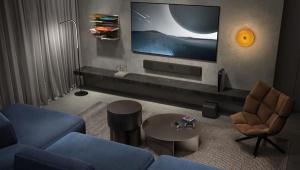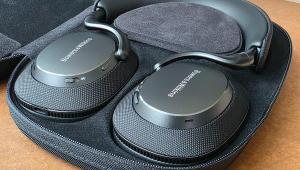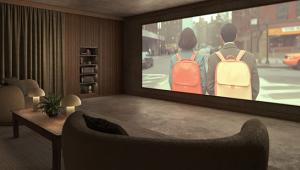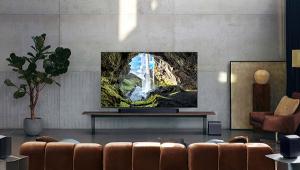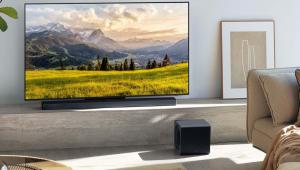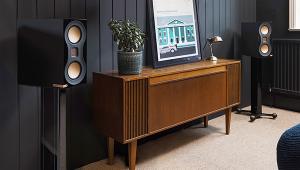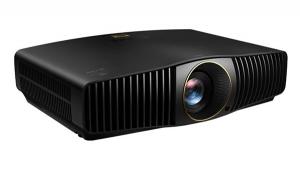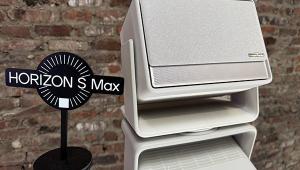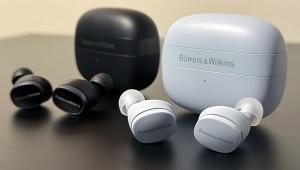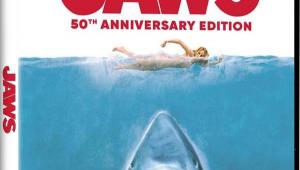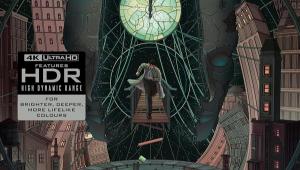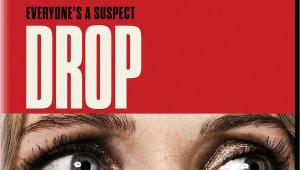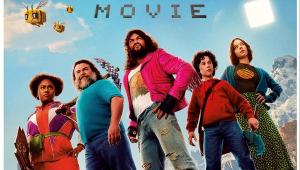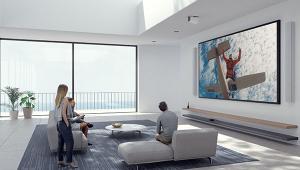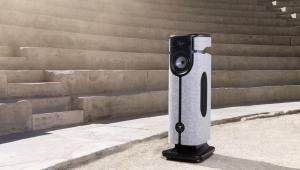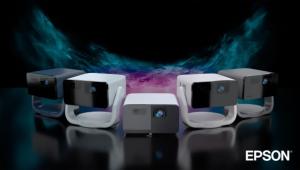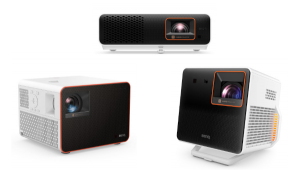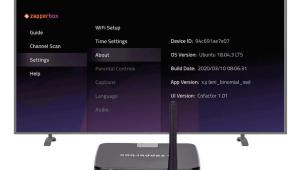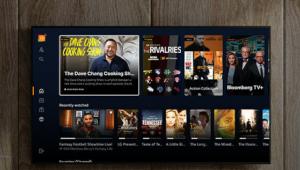Stretch Your Screen -- and Your Pennies
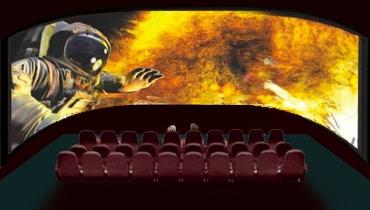
Everyone who's hip to home theater knows the state-of-the-art in video is a constant-height projection system. And everyone who's hip to home theater also knows they can't afford one.
Or can they?
Even to a neophyte, even at just a glance, even after just downing a whole bottle of Boone's Farm, a constant-height video system looks awesome. Constant-height systems use a 2.35:1 Cinemascope-style screen along with an anamorphic lens that either stretches a projector's 1.78:1 (16:9) image horizontally or compresses it vertically to fit the 2.35:1 aspect ratio. The benefits, as we've discussed previously, include better resolution, a potentially brighter picture, and a more involving, more cinematic feel.
While the cost of a constant-height-capable projector has dropped 15-fold - from about $30,000 three years ago to around $2,000 street price today - the outboard gear still costs dearly. Prices for most of the anamorphic lenses and the motorized "sleds" that move them in and out of a projector's light path run about $6,000. For the guys who experience not a whit of worry when they write a $25,000 check for a Runco projector, another $6K is no big deal. But for the rest of us, it's hard to reconcile spending chump change on a projector while paying more than double that for an extra lens to go with it. Seriously - a lens doesn't do anything! It's just a chunk of glass! And the projector has one built in already!
We figured there had to be something cheaper out there. And there is.
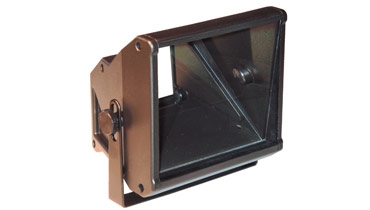 |
| Panamorph's UV200 Universal Anamorphic Lens only costs $1,995. |
DOING IT LEGIT
Four companies dominate the market for anamorphic lenses: Panamorph, Prismasonic, Schneider Optics, and Isco (which is owned by Schneider).
So - in the case of Panamorph, for instance - is there any way to drop down below the $6,000 retail price of a horizontal stretch lens and a motorized sled? "Sure," replies Panamorph general manager, Dave Carty. "Our least expensive lens is the UV200. It's an all-glass vertical compression lens that retails for $1,995."
Like other vertical compression lenses, the UV200 is most often mounted permanently - i.e., it's always in the light path. This configuration saves you $995 on a motorized sled. To use this lens, you need a projector that has image processing for a vertical compression lens.
In a constant image height setup, the downside of vertical compression systems is that about a third of the chip/panel surface is "thrown away" when you drop down to a 16:9 picture (because of the horizontal image squeeze processing that the projector or external video scaler must perform to present 16:9 images with the same vertical height on a 2:35:1 aspect ratio screen). Obviously, 4:3 images suffer even worse than 16:9 ones
You can remedy this problem by installing a $995 sled to move the lens out of the way when you're watching 16:9 or 4:3. Or if you're skilled with tools, you can devise your own manual sled using a few parts from Home Depot.
Even though the UV200 costs only $2K, you're still spending as much for the lens as you might for the projector, and you're losing some performance in the process. (Plus you'll need a 2.35:1 screen of some sort, but we'll discuss that shortly.)
U.K.-based Prismasonic's H-700M looks like a better choice for cheapskate Cinemascope. It's a horizontal stretching lens with a "pass mode" that lets the light from the projector pass through unaltered when you're watching 16:9 or 4:3 material. Though you have to twist a knob on the lens to activate the pass mode, the whole package runs only about $2,000 - and you suffer no loss in resolution. Motorized versions that switch in and out of pass mode by remote control start at about $3,800.



